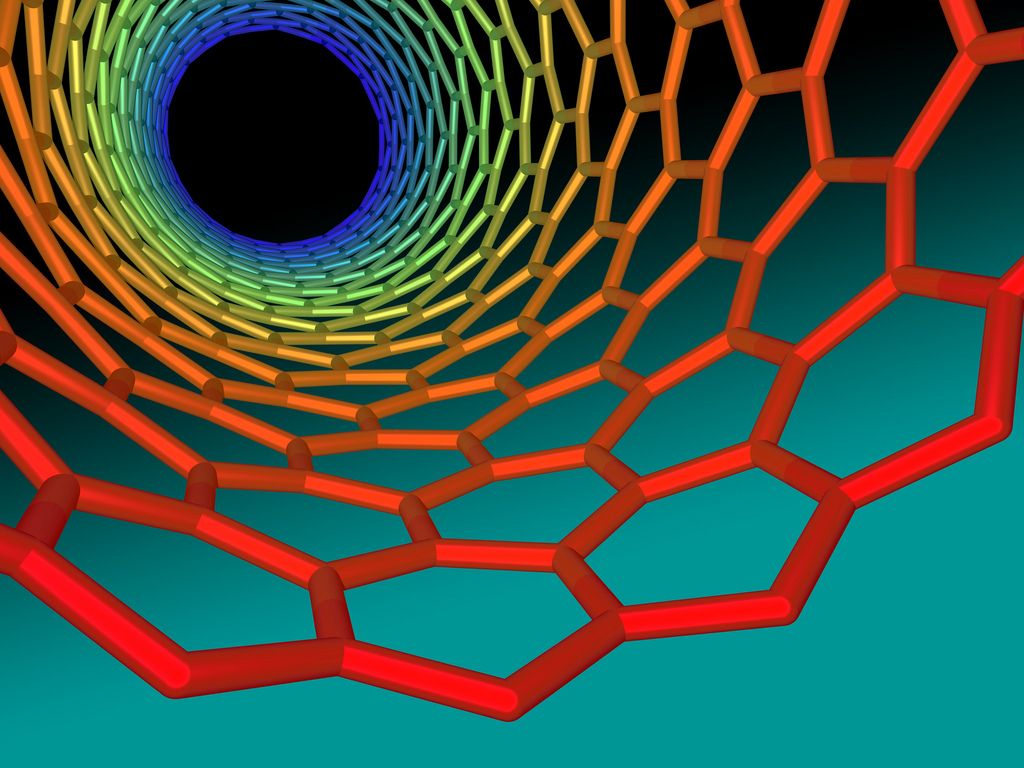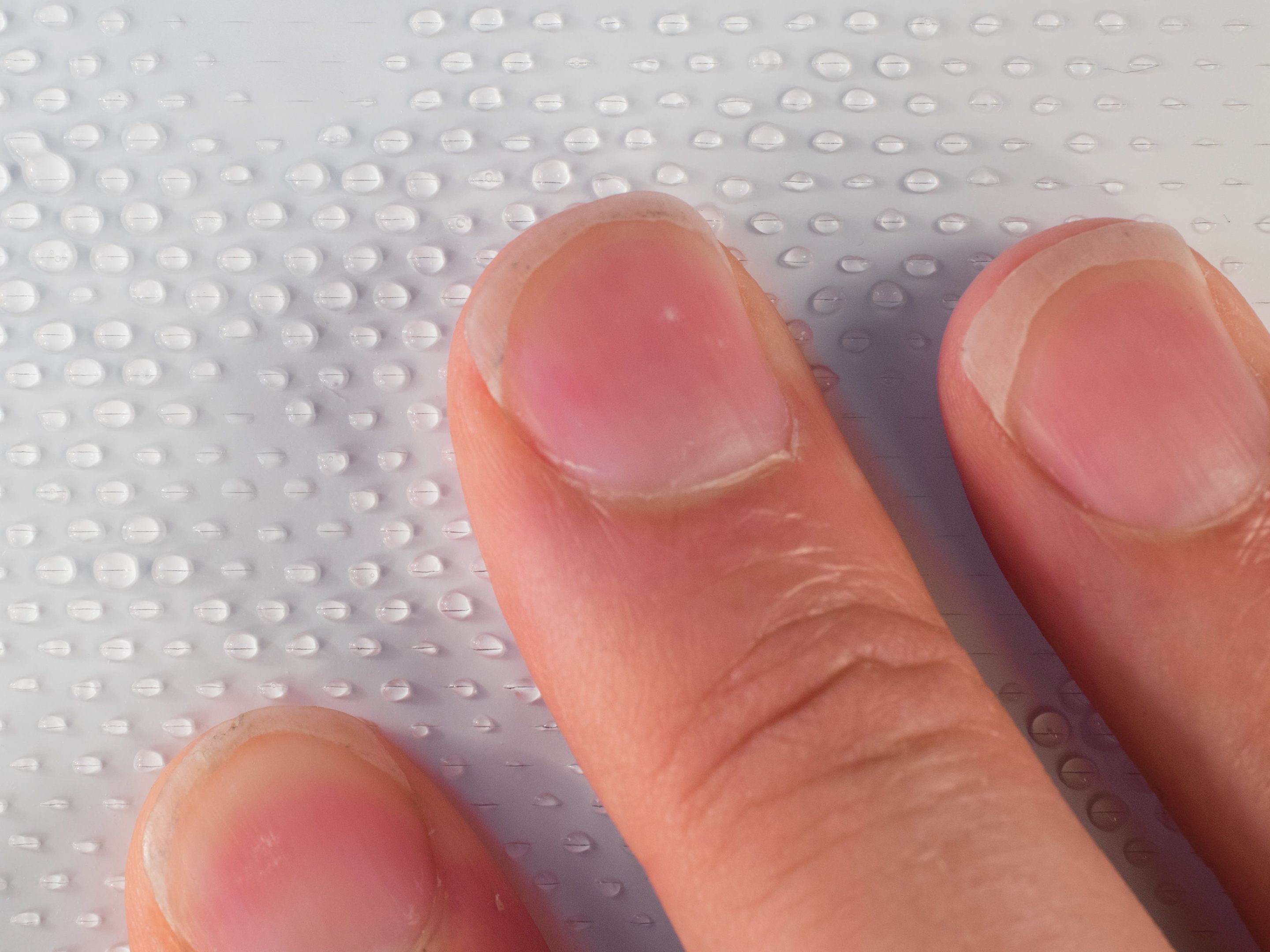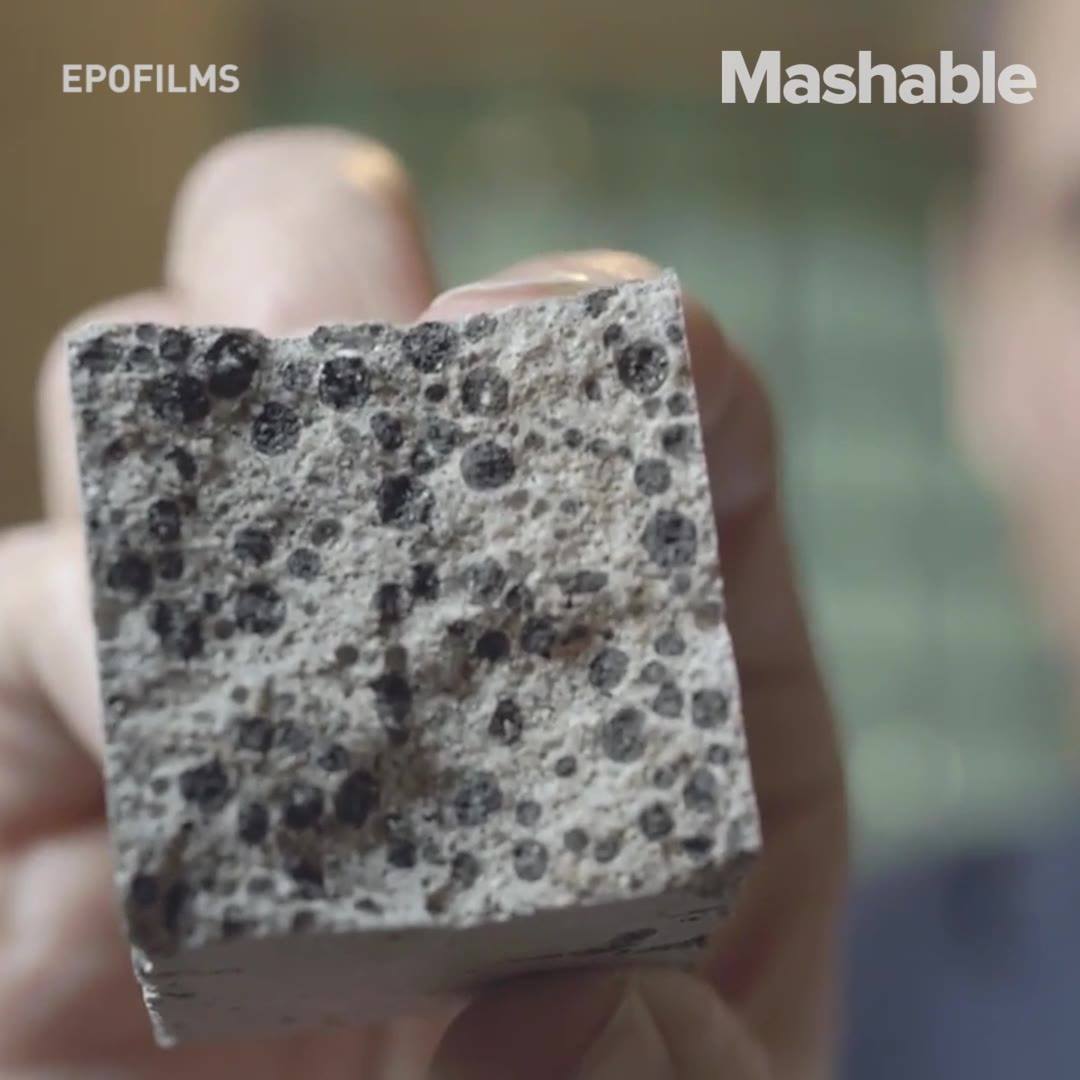Archive for the ‘materials’ category: Page 261
Nov 6, 2017
Boeing Invests in Advanced Nanotechnology
Posted by Klaus Baldauf in categories: materials, nanotechnology
This post is also available in:  עברית ( Hebrew )
עברית ( Hebrew )
Boeing announced its investment in Gamma Alloys, which specializes in aluminum alloys focused on developing advanced metal-matrix composites for use in aerospace, automotive and other industries.
This investment by Boeing HorizonX Ventures, which was established earlier this year, is its first in advanced materials and machining development and applications.
Nov 3, 2017
Drug ‘melts away’ fat inside arteries
Posted by Dan Kummer in categories: biotech/medical, materials
A new drug being trialled for treating breast cancer and diabetes has been shown to ‘melt away’ the fat inside arteries that can cause heart attacks and strokes.
Researchers from the University of Aberdeen, using pre-clinical mouse models, showed that just a single dose of the drug (Trodusquemine) completely reversed the effects of a disease that causes a host of heart problems.
Atherosclerosis is the build-up of fatty material inside the arteries.
Oct 29, 2017
How quantum materials may soon make Star Trek technology reality
Posted by Klaus Baldauf in categories: materials, quantum physics
At the southernmost point of the Norwegian coastline by the village of Båly, Snøhetta has designed Europe’s very first underwater restaurant. With its immediate proximity with the forces of nature, the restaurant, which will also function as a research center for marine life, is a tribute to the Norwegian coast and to Lindesnes – to the wild fauna of the sea and to the rocky coastline of Norway’s southern tip.
Under’s namesake holds a double meaning: In Norwegian, “under” can just as well be translated into “wonder.” Half-sunken into the sea, the building’s monolithic form breaks the water surface to lie against the craggy shoreline. More than an aquarium, the structure will become a part of its marine environment, coming to rest directly on the sea bed five meters below the water’s surface. With meter-thick concrete walls, the structure is built to withstand pressure and shock from the rugged sea conditions. Like a sunken periscope, the restaurant’s massive acrylic windows offer a view of the seabed as it changes throughout the seasons and varying weather conditions.
Through its architecture, menu and mission of informing the public about the biodiversity of the sea, Under will provide an under-water experience inspiring a sense of awe and delight, activating all the senses – both physical and intellectual.
Oct 26, 2017
This ‘Living Touch Screen’ Is Made out of Bacteria and Gold
Posted by Klaus Baldauf in categories: electronics, materials
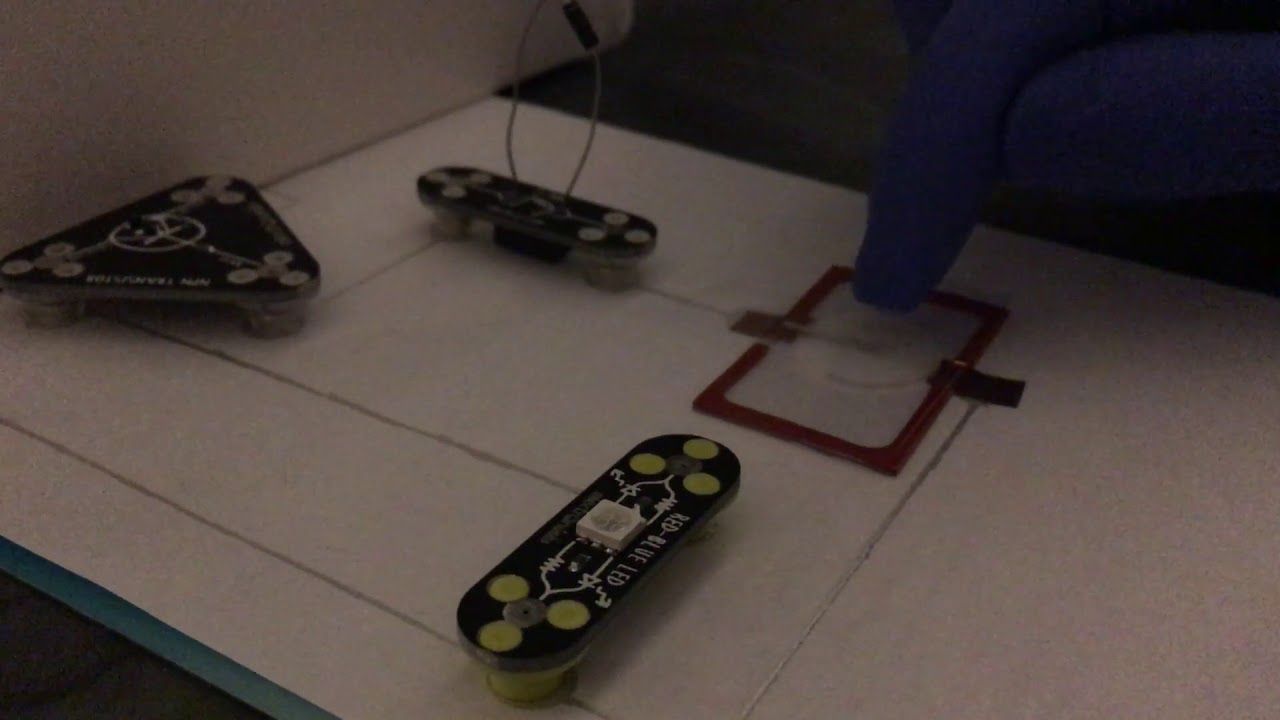
A demonstration of the pressure sensor built by bacteria in action as a researcher taps out some Morse code.
As wonderfully bizarre as it sounds, growing touch screens from a bacterial soup isn’t the team’s ultimate goal.
Continue reading “This ‘Living Touch Screen’ Is Made out of Bacteria and Gold” »
Oct 16, 2017
Liquid metal brings soft robotics a step closer
Posted by Saúl Morales Rodriguéz in categories: materials, robotics/AI
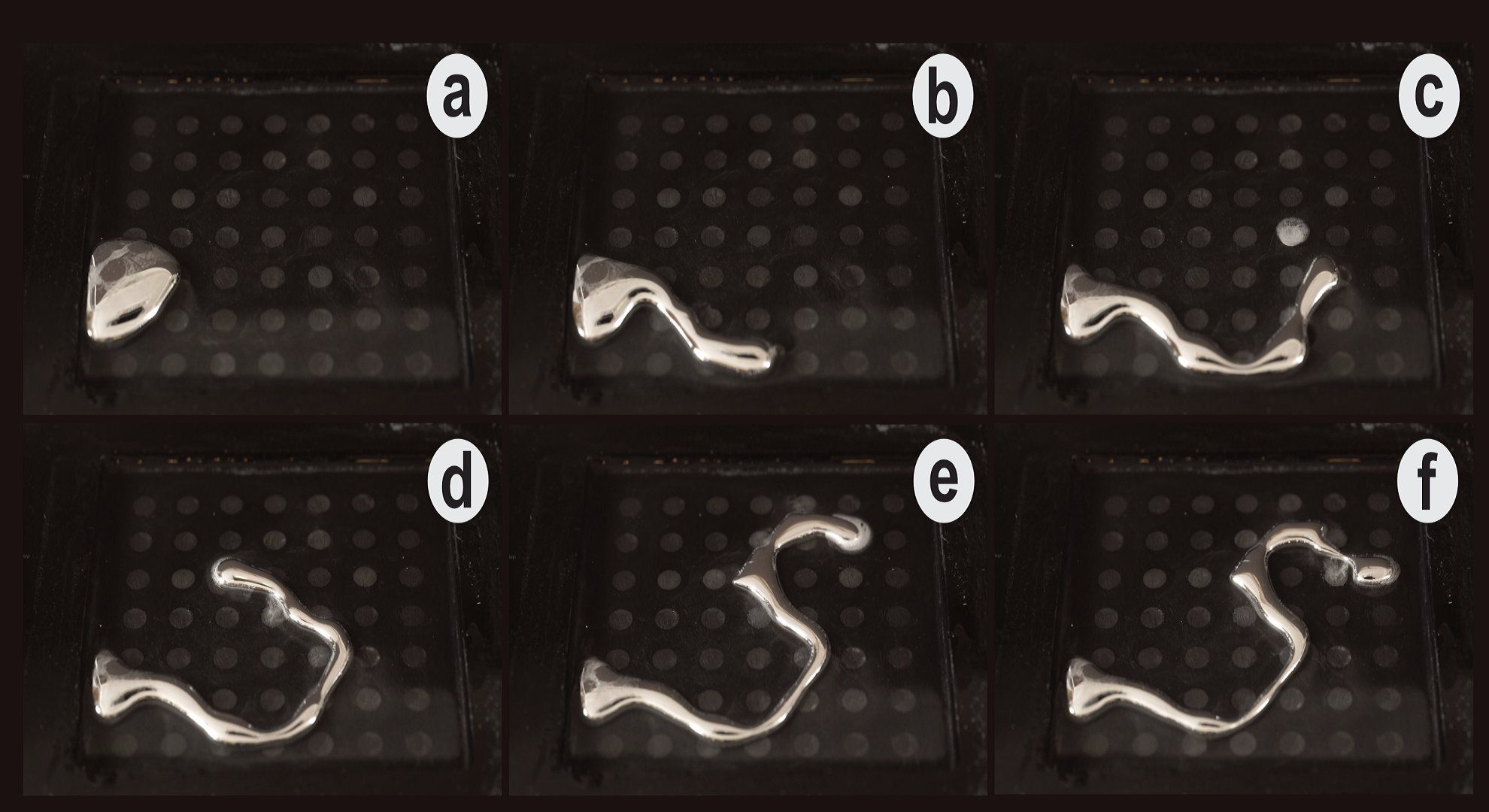
Scientists have invented a way to morph liquid metal into physical shapes.
Researchers at the University of Sussex and Swansea University have applied electrical charges to manipulate liquid metal into 2D shapes such as letters and a heart.
Continue reading “Liquid metal brings soft robotics a step closer” »
Oct 16, 2017
Inspired by Octopus Skin, Engineers Develop a Programmable “Camouflaging” Material
Posted by Carse Peel in categories: biological, materials
WOODS HOLE, Mass.—For the octopus and cuttlefish, instantaneously changing their skin color and pattern to disappear into the environment is just part of their camouflage prowess. These animals can also swiftly and reversibly morph their skin into a textured, 3D surface, giving the animal a ragged outline that mimics seaweed, coral, or other objects it detects and uses for camouflage.
This week, engineers at Cornell University report on their invention of stretchable surfaces with programmable 3D texture morphing, a synthetic “camouflaging skin” inspired by studying and modeling the real thing in octopus and cuttlefish. The engineers, along with collaborator and cephalopod biologist Roger Hanlon of the Marine Biological Laboratory (MBL), Woods Hole, report on their controllable soft actuator in the October 13 issue of Science.
Led by James Pikul and Rob Shepherd, the team’s pneumatically activated material takes a cue from the 3D bumps, or papillae, that cephalopods can express in one-fifth of a second for camouflage, and then retract to swim away with minimal hydrodynamic drag. (See video below of live Octopus rebescens expressing its skin papillae.)
Oct 6, 2017
A novel textile material that keeps itself germ-free
Posted by Shailesh Prasad in categories: biotech/medical, materials
Scientists have developed a novel weapon in the battle against deadly hospital-acquired infections — a textile that disinfects itself.
And independent tests show it can reduce bacteria levels by more than 90 per cent.
By incorporating the specially-engineered textile in a device designed to be used on hospital doors instead of the traditional aluminium door plate, that part of the door that people push to open it — they aim to bolster hand hygiene.

